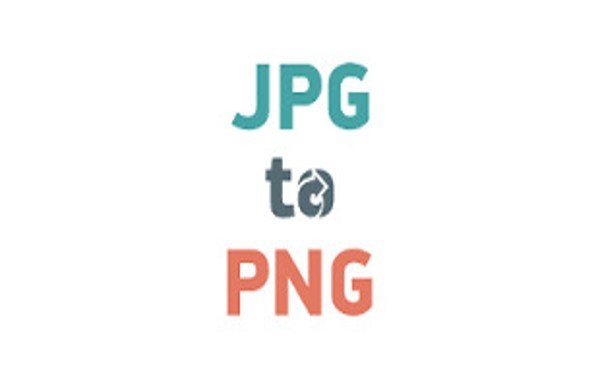
Converting JPG to PNG Online
Introduction
In the modern digital era, where visual communication reigns supreme, the choice of image file format plays a pivotal role in conveying information effectively. Among the myriad of formats available,
JPG (or JPEG) and PNG stand out as two of the most prevalent options. Each format has its unique characteristics, applications, and advantages.
However, there are instances when converting between these formats becomes necessary to meet specific design requirements or compatibility needs.
In this article, we embark on a journey to explore the intricacies of converting JPG to PNG online, unraveling the nuances of these file formats, highlighting their disparities, and shedding light on the significance of choosing the right format for your visual endeavors.
What are the JPG and PNG?
JPG (JPEG)
JPG, short for Joint Photographic Experts Group, is a widely used image file format renowned for its efficient compression algorithm and widespread compatibility. It is the preferred format for photographs, digital images, and graphics with complex color gradients. JPG achieves compression by discarding some image data, resulting in smaller file sizes suitable for web use, digital media, and storage purposes.
PNG (Portable Network Graphics)
PNG, short for Portable Network Graphics, is a versatile image file format known for its lossless compression and support for transparent backgrounds. Unlike JPG to PNG preserves all image data during compression, making it ideal for graphics, illustrations, logos, and images with sharp edges or text overlays. PNG’s alpha channel allows for transparency, enabling seamless integration of images into various backgrounds or design compositions.
Difference between JPG and PNG
While both JPG and PNG serve as popular image file formats, they exhibit distinct characteristics and applications:
- Compression: JPG utilizes lossy compression, which sacrifices some image data to achieve smaller file sizes. This compression method is suitable for photographs and images with complex color gradients. PNG, on the other hand, employs lossless compression, preserving image quality and data integrity, making it ideal for graphics and images requiring high fidelity.
- Transparency: PNG supports transparency through its alpha channel, allowing for the creation of images with smooth edges and transparent backgrounds. This feature is invaluable for graphic designers, web developers, and artists who require flexibility in layering and composition. JPG does not support transparency and is typically used for images with solid backgrounds or matte colors.
- Color Depth: PNG supports a broader range of color depths, including 24-bit true color and 8-bit grayscale, making it suitable for images with rich color palettes or intricate details. JPG typically uses 24-bit color depth but may reduce color information during compression, potentially compromising image quality.
Which Image Format to Use in Your Design?
The choice between JPG and PNG depends on the specific requirements of your design project and intended use:
- Use JPG for:
- Photographs, digital images, and graphics with complex color gradients.
- Web graphics, social media posts, and digital content where file size optimization is crucial.
- Situations where slight loss of image quality is acceptable in exchange for smaller file sizes.
- Use PNG for:
- Graphics, logos, icons, and illustrations with sharp edges or text overlays.
- Images requiring transparent backgrounds or layered compositions.
- Designs that demand high image fidelity and preservation of fine details.
JPG to PNG Conversion Online
When the need arises to convert JPG images to PNG format, online conversion tools offer a convenient and efficient solution. These tools allow users to seamlessly transition between image formats without the need for specialized software or technical expertise. Key features of JPG to PNG conversion tools include:
- User-Friendly Interface: Online conversion tools typically feature intuitive interfaces, making the conversion process accessible to users of all skill levels.
- Quick Processing: JPG to PNG conversion is usually fast and efficient, with tools capable of processing multiple images simultaneously, saving time and effort for users handling bulk conversions.
- Customization Options: Some online conversion tools offer customization features such as image resizing, quality adjustment, and background removal, allowing users to tailor the output to their specific requirements.
- Cross-Platform Compatibility: Online conversion tools are accessible from any internet-enabled device, including computers, smartphones, and tablets, ensuring compatibility across different platforms and operating systems.
Conclusion
In conclusion, the ability to convert JPG to PNG online offers flexibility and convenience to designers, artists, and content creators seeking to optimize their visual content for various platforms and purposes.
By understanding the differences between JPG and PNG and choosing the appropriate format for your design needs, you can elevate the quality and impact of your images while ensuring compatibility
and versatility across different media channels. Whether you’re creating web graphics, digital illustrations, or print materials, leveraging the right image format and conversion
tools empowers you to unleash your creativity and communicate effectively in the visual language of the digital age.
RELATED POSTS
View all


